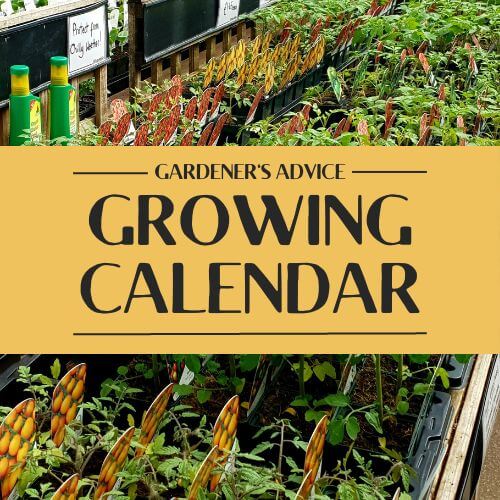Choosing and Planting Climbers
Posted By: Category: Plant Care
.jpg)
.jpg)
Download this guide as a pdf or pick on up from Riverside!
Plants for reaching great heights! Due to their ability to take advantage of the vertical, they take up little ground space, making them excellent plants for smaller gardens where a shrub would occupy more room. Climbers have a natural tendency to reach upwards and some species will even self-cling, without needing to be secured to a support. With careful pruning and training, the right variety of climber can grow in any situation and will reward you with a wonderful show of flowers year on year.
Climbers are plants that have evolved methods such as:
Twinning Stems
(eg. Wisteria, Campsis, Grapevines)
The whole stem will wind itself around the support.
Tendrils
(eg. Annual Climbers - Clematis, Jasmine, Honeysuckle, Wisteria, Passionflower)
Thin, spiralling and coiling stems that attaches itself to any nearby support.
Stem/Roots
(eg. Hydrangeas, Ivy, Campsis)
Adheres itself to the support structure using small roots that grow from the side of the main stems.
Sticky Pads
(eg. Boston Ivy)
Adheres itself to the support structure using sticky pads that grow from the side of the main stems.
Wall Shrubs
(eg. Pyracantha, Chaenomeles, Ceonouthus, Quince)
They are not natural climbers but have been trained onto supports and pruned accordingly.
Combining Climbers
When planting more than one climber in the same area, make sure you choose ones with the same pruning requirements.
Clematis
Something to note about picking a Clematis - they fall into different groups dependant on their characteristics. When to prune them will change depending on their group:
Group 1 (spring bloomers)
Early flowering clematis bloom in winter and spring on the previous season’s growth. These types of clematis don’t need pruning but benefit from a tidy, removing old damaged stems.
Group 2 (repeat bloomers)
Large flowering hybrids that flower in spring and summer on previous season’s growth. They can be top heavy if you don't prune in February. Prune again after the first flush of flowers so that they come again in late summer.
Group 3 (summer or autumn bloomers)
These are later flowering clematis and produce all their flowers on the current season’s growth. This makes pruning all the more important! Cut down a couple of feet every February/March. If left, they will become messy and unproductive.
Compost for Climbers
Most climbers like free draining soil, but you need to add lots of compost and manure/soil improver to improve the soil’s structure. This will also help with retaining moisture.
Ongoing Care
- Watering: For the first growing season, your newly planted climber will need regular watering until it is fully settled in.
- Feeding: Use feed to boost flowering (eg.Vitax Q4)
- Weeding: Keep the ground and base of the plant clear of weeds so your plant doesn’t have to compete for nutrients. Weeds also can harbour pests which can damage your plant.
- Mulching: Annually top up a 5cm layer of bark and/or organic matter over the surface of the soil. This will prevent soil drying out as fast and pests (especially slugs and snails) reaching your plant.
Can I plant it in a pot?
Certain climbers and shrubs can be successful in very large pots...but be prepared to water and feed regularly!
We recommend:
- small Clematis (under 6-7ft)
- Trachelospermum
- Sollya heterophylla
- Roses (Climbing, under 6ft)
- Any annual climber
Vine eye systems
Heavy plants, like Wisterias, vines and roses, benefit from a fixed and stable support
Wooden Trellis
Ideal for those that grow with twinning stems and tendrils
Wigwams and Obelisks
Ideal for small climbers, annuals and veg climbers. For example sweet peas, beans and squash
Pergolas
Wisteria, Roses and vines look great on a pergola. Also consider growing Kiwi!
Walls and fences
For self supporting climbers that grow with aerial roots such as Hydrangeas, Ivy, Campsis
Tips for planting Wall Shrubs
Wall shrubs should be planted 45cm away from the base of the wall to allow rain to the root zone and help avoid hidden rubble and foundations. Angle the plant towards the wall or fence to enable it to grow against it vertically.







